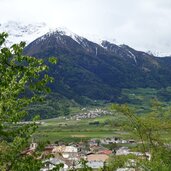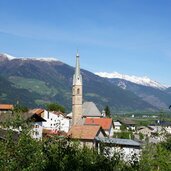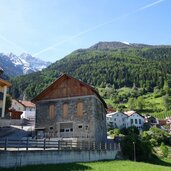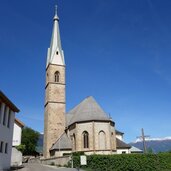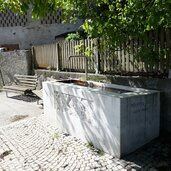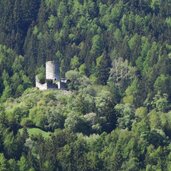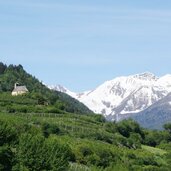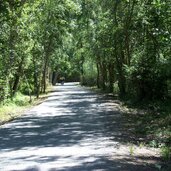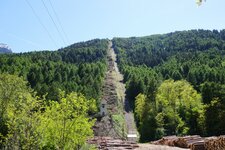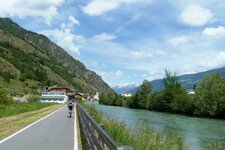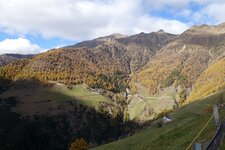The village of Cengles at the foot of the Croda di Cengles and in the Stelvio National Park
Image gallery: Cengles
A high medieval manor watches over the idyllic setting of Cengles with its apple and apricot trees and the Cengles Wetlands: Cengles Castle was once the seat of the Lords of Cengles and today houses a traditional inn. Above it, the imposing Croda di Cengles towers. You are not on the slopes of the Monte Sole here, as with the other hamlets of Lasa, but on the opposite side of the valley.
Here, it is the Monte Tramontana, which is already protected within the Stelvio National Park. The name Cengles probably comes from the Late Latin term "masi cengiles", meaning something like "tenancy farms". Consequently, farmers once had to give up a good portion of their harvest to those who were the actual owners of the farm and fields. The school, nursery school, Cengles Castle, and the Church of the Nativity of Mary stand today to the right of the Rio di Cengles.
The stream divides the village. The Church of the Nativity of Mary dates from 1500 AD, and its side chapel is one of the finest examples of sacred Baroque architecture in the Val Venosta. To the left of the Rio di Cengles are other buildings, such as the Tschenglser Ladele, one of the few remaining local convenience shops in South Tyrol's villages. A special feature: Cengles has the greatest difference in altitude over the shortest horizontal distance in the entire Alps. In just 6 kilometres, the terrain rises from the valley floor to the 3,378 metres of Mt. Croda di Cengles.
Pleasant walks in summer take you to the Wetlands of Cengles (Tschengls), a protected nature area, to the alpine pastures of the Stelvio National Park, and to the Marble Railway of Lasa. In the cold season, the paths become recommended winter walks.



